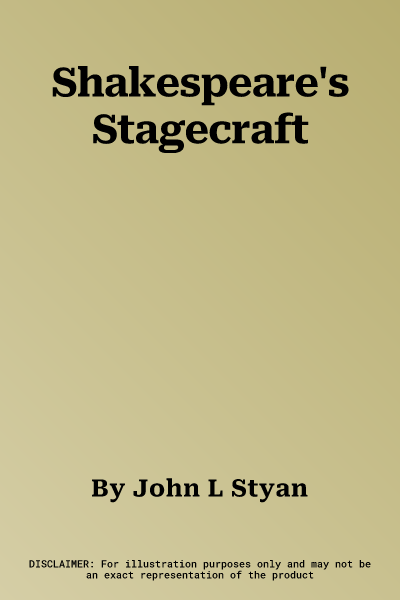For many years, critics and students of Shakespeare have tended to
stress that his plays are poetic structures embodying 'themes', and
these structures have been analysed in great detail. Professor Styan
advocates another approach. The plays were written for acting, in a
theatre of a particular type. If we ask what effects this kind of
theatre encouraged and how Shakespeare exploited them, the plays are
seen as a sequence of stage-effects, planned with great art so as to
enrich, reinforce and modify each other. Professor Styan begins with the
known facts about the Elizabethan theatre, stressing the effect of the
size of the apron stage, and the degree in which the spectators situated
all around are involved in the action. It was a theatre of movement and
grouping, and above all speech. Shakespeare's verse is full of
suggestions about how it is to be delivered; it is, in Professor Styan's
word, 'gestic'. Professor Styan shows in very many examples, quoting the
text and examining its dramatic implications, what the words suggest
about movement over the stage, about the relationship between groups of
players on the stage, and about the delivery and dramatic effect of the
words themselves. Thus we build up a new sense of the whole play. This
is a convenient and comprehensive introduction to the study of
Shakespeare's dramatic craftsmanship, which also reopens that direction
of enquiry which Granville-Barker first explored.

